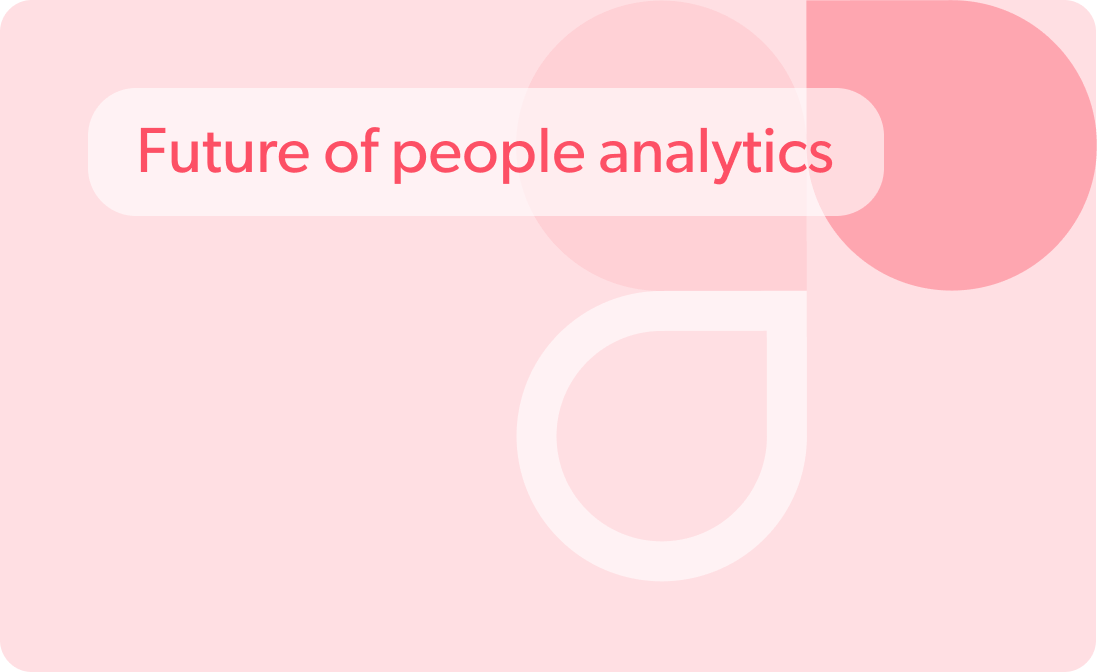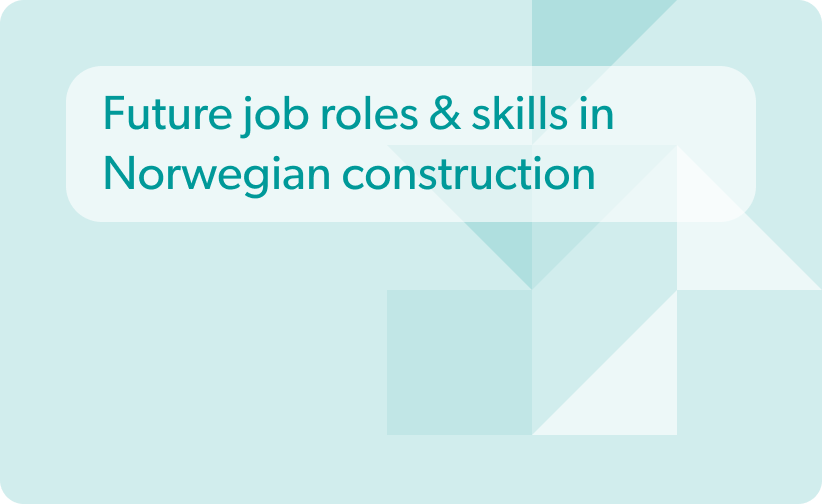Unlock the power of SWOT analysis in HR strategy
The power of SWOT analysis in human resources: Unraveling Uber’s journey
In the bustling landscape of disruptive innovation, a trailblazer emerged, rewriting the rules of transportation and captivating the world with its revolutionary concept. Uber Technologies Inc., the embodiment of technological disruption, shattered the traditional mold of the transportation industry and ushered in a new era of ride sharing. With their sleek app, they revolutionized the way people moved from point A to point B.
Yet, behind the scenes of their groundbreaking success, a tale unfolded, exposing the detrimental consequences of overlooking a fundamental pillar of organizational prosperity — the human resources department. Amidst the glitz and glamour, Uber failed to effectively utilize the power of SWOT analysis in their HR realm, resulting in a tumultuous journey that challenged their existence.
Let’s explore the cautionary tale that sheds light on the perils of overlooking the power of SWOT analysis in human resources, ultimately threatening the very foundation of Uber’s success.
Source: Brandongaille
In the case of Uber, the failure to effectively utilize SWOT analysis in HR contributed to various challenges. The company faced significant criticism and legal repercussions due to the weaknesses in its HR practices, which led to a toxic workplace culture and a tarnished employer reputation. A thorough SWOT analysis could have highlighted these weaknesses, enabling Uber to implement necessary reforms and prioritize employee well-being and satisfaction.
Companies should conduct regular and comprehensive SWOT analysis in the HR domain to identify internal strengths and weaknesses and external opportunities and threats. This analysis aids in making informed decisions, developing effective HR strategies, and fostering a positive work environment that promotes employee engagement, diversity, inclusion, and overall organizational success.
Unlocking HR’s Potential: A comprehensive SWOT analysis
Conducting a SWOT analysis for human resources allows organizations to identify and leverage strengths, address weaknesses, capitalize on opportunities, and mitigate potential threats. This section explores the significance of conducting a SWOT analysis for human resources, focusing on internal and external factors impacting HR effectiveness.
Internal factors (strengths and weaknesses)
Assessing the identified strengths and their contributions to HR performance enables organizations to leverage their strengths further. For example, organizations can measure employee satisfaction rates, recruitment success ratios, and training program effectiveness to quantify the impact of HR initiatives.
Identifying weaknesses is equally important as it allows organizations to prioritize areas for improvement. HR can conduct employee surveys, evaluate technology ROI, and assess diversity metrics to identify weaknesses that hinder HR effectiveness.
Strength: Skilled and experienced HR professionals
Having a team of skilled HR professionals ensures the implementation of effective HR practices, talent management, and employee engagement strategies. According to Society for Human Resource Management (SHRM), organizations with highly skilled HR teams exhibit better overall organizational performance.
Strength: Robust recruitment and selection processes
Strong recruitment and selection processes enable HR departments to attract top talent. Effective strategies such as targeted job advertisements, comprehensive screening methods, and structured interviews result in high-quality hires and reduce employee turnover. A study by LinkedIn found that organizations with strong recruitment practices are more likely to be considered industry leaders.
Strength: Effective training and development programs
Implementing robust training develops initiatives to enhance employee skills, productivity, and satisfaction. According to the Association for Talent Development (ATD), organizations that invest in employee training have 218% higher income per employee than those that don’t.
Strength: Strong employee engagement and retention strategies
HR departments with well-defined employee engagement and retention strategies foster a positive work culture and improve employee loyalty. Research conducted by Gallup indicates that highly engaged teams experience a 21 percent increase in profitability and a 41 percent reduction in absenteeism.
Strength: Well-established HR policies and procedures
Having clear and well-communicated HR policies and procedures promotes fairness, consistency, and compliance within the organization. This helps mitigate legal risks and ensures employees understand their rights and responsibilities.
Weakness: Limited HR budget and resources
Insufficient budgetary allocations and resource constraints may limit the HR department’s ability to implement new initiatives, impeding their effectiveness. This can result in reduced training opportunities, outdated technology systems, and inadequate staffing levels.
Weakness: Inadequate HR technology systems
Outdated or inadequate HR technology systems hinder efficiency and productivity. Streamlined HR technology, such as applicant tracking systems and HR analytics tools, can automate HR-related administrative tasks and provide data-driven insights for informed decision-making.
Weakness: Lack of diversity and inclusion initiatives
A lack of diversity and inclusion initiatives can hinder organizational innovation, creativity, and the ability to attract and retain a diverse talent pool. Research by McKinsey & Company demonstrates that diverse teams are 25% more likely to outperform homogeneous teams.
Weakness: Inefficient performance management processes
Ineffective performance management processes can lead to decreased employee motivation, unclear expectations, and difficulty identifying and addressing performance gaps. A study by Gallup reveals that only 14% of employees strongly agree that their performance reviews inspire them to improve.
Weakness: Communication gaps between HR and other departments
Inadequate communication and collaboration between HR and other departments can result in misaligning organizational goals, ineffective policies, and missed opportunities. Seamless communication channels and cross-functional collaboration are essential for achieving organizational success.
External factors (opportunities and threats)
Evaluating opportunities in alignment with HR objectives enables organizations to strategize and invest in areas that provide maximum value. For instance, HR can explore partnerships with HR tech vendors, develop remote work policies, and implement well-being programs based on employee feedback.
Analyzing threats helps HR anticipate and mitigate potential risks. By monitoring talent market trends, legislative updates, and economic forecasts, HR can develop contingency plans, update policies, and ensure the organization’s resilience.
Opportunity: Emerging HR technologies and automation tools
The rapid advancement of HR technologies and automation tools presents opportunities to streamline HR processes, improve efficiency, and enhance employee experiences. AI-driven recruitment platforms and employee self-service portals can optimize HR operations.
Opportunity: Growing demand for remote work and flexible arrangements
The increasing demand for remote work and flexible arrangements offers opportunities for HR to develop policies and practices that support work-life balance, attract top talent, and expand geographical hiring possibilities. A FlexJobs survey found that 65% of respondents believe they would be more productive working from home than in a traditional office setting.
Opportunity: Increasing focus on workplace well-being and mental health
Organizations recognize the importance of employee well-being and mental health, offering HR opportunities to implement programs that promote wellness, work-life integration, and stress reduction. Studies show that organizations prioritizing mental health have outperformed the stock market by around 2%-3% per year over 25 years.
Opportunity: Expansion into new markets or business areas
When organizations expand into new markets or business areas, HR ensures talent acquisition, cultural adaptation, and compliance with local labor laws. These opportunities enable HR to contribute strategically to organizational growth.
Opportunity: Changing workforce demographics and talent trends
The shifting demographics of the workforce, including generational diversity and changing employee expectations, create opportunities for HR to develop inclusive policies, flexible benefits, and personalized career development paths.
Threat: Intense competition for top talent
The global talent market is highly competitive, making it challenging for organizations to attract and retain top talent. According to the Korn Ferry Institute, the United States can expect to lose $162 billion by 2030 due to skills shortages in various sectors. HR departments must develop employer branding strategies and competitive compensation packages to stay ahead.
Threat: Legislative changes impacting HR policies and practices
Legislative changes, such as new labor laws or regulations, can impact HR policies and practices, requiring organizations to adapt and ensure compliance. HR professionals must stay informed about changing legal landscapes to avoid potential legal risks and penalties.
Threat: Economic uncertainties affecting HR budget and planning
Economic fluctuations, recessions, or market uncertainties can impact HR budgeting and workforce planning. Organizations should develop agile HR strategies that they adapt to changing economic conditions while maintaining operational efficiency.
Threat: Negative employer reputation or brand image
A negative employer reputation or brand image can deter potential candidates, hinder employee engagement, and impact the organization’s overall success. HR should proactively manage employer branding, foster a positive culture, and address any negative feedback or concerns.
Threat: Rapid technological advancements requiring HR adaptability
The ever-evolving technological landscape demands HR professionals to adapt and upskill to leverage emerging technologies effectively and continuously. Failure to keep up with technological advancements can lead to inefficiencies and reduced competitiveness.
Discover how your organization can revolutionize strategic workforce upskilling with technological solutions from HRForecast
Benefit from our proven track record of empowering over 2.8 million employees, achieving a 60% reduction in cost-to-hire, 3X faster screening and selection of learning content, and access to a curated library of 1000+ courses and training materials.
Unveil SWOT secrets with HRForecast
Conducting a SWOT analysis for human resources is a crucial step toward maximizing the potential of an organization’s workforce. HR leaders can leverage their capabilities and address improvement areas by comprehensively evaluating internal strengths and weaknesses. Simultaneously, identifying external opportunities and threats empowers HR to align strategies with emerging trends and proactively mitigate risks.
At HRForecast, we understand the significance of a robust SWOT analysis and its impact on HR effectiveness. Our team of experts is dedicated to helping organizations unlock their full potential by providing tailored solutions and strategic insights. Whether you’re looking to optimize talent acquisition, enhance employee engagement, or navigate the challenges of a changing workforce, our consultations can provide you with the guidance and support you need.
Book a consultation with HRForecast, and let us help you unlock the power of SWOT analysis for your human resources.
Stay up to date with our newsletter
Every month, we’ll send you a curated newsletter with our updates and the latest industry news.




























 info@hrforecast.de
info@hrforecast.de
 +49 89 215384810
+49 89 215384810






